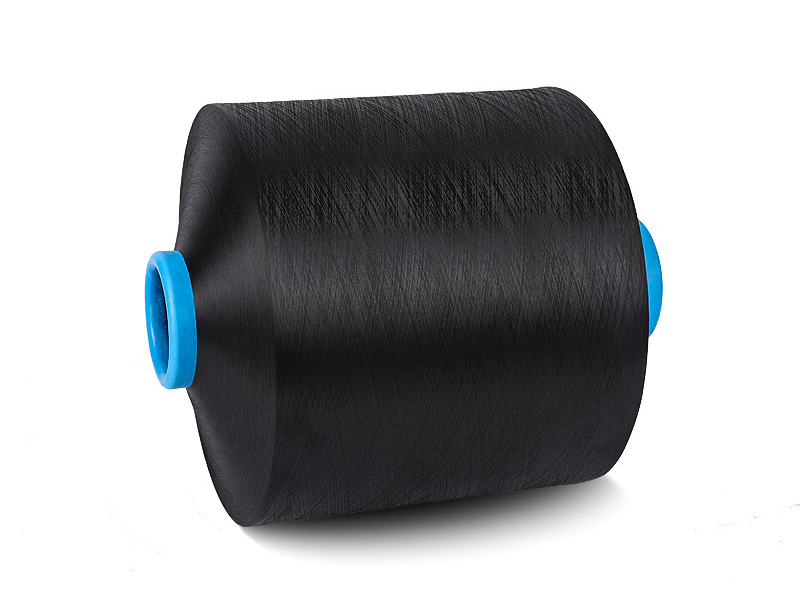Colored DTY (Draw Textured Yarn) yarn has become increasingly popular in the textile industry due to its vibrant and consistent color properties. Traditionally, polyester DTY yarn is available in its natural white or off-white form and then undergoes a dyeing process to attain the desired colors. However, colored DTY yarn is pre-dyed in a variety of colors during the manufacturing process itself, offering several advantages for textile manufacturers and end-users alike.
One of the key advantages of colored DTY yarn is the elimination of the additional dyeing process. With traditional DTY yarn, manufacturers need to allocate resources, such as time and energy, for dyeing the yarn after its production. However, colored DTY yarn eliminates this step, saving valuable resources in terms of time, water, and energy. This not only makes the manufacturing process more efficient but also reduces the environmental impact associated with dyeing.
Colored DTY yarn also provides consistent and uniform color throughout the yarn, resulting in a more visually appealing finished product. Traditional dyeing processes can sometimes result in uneven color absorption, leading to variations in color intensity within the yarn. In contrast, colored DTY yarn ensures consistent color saturation, making it ideal for applications where color uniformity and precision are crucial, such as textiles for fashion, upholstery, and home decor.
Another advantage of colored DTY yarn is its resistance to fading. As the dye is integrated into the fibers during the manufacturing process, the color becomes more permanent, making it less likely to fade over time. This is especially important for products exposed to sunlight, such as outdoor textiles or apparel, as they are prone to accelerated color fading. Colored DTY yarn provides enhanced color fastness, ensuring that the vibrant hues remain intact for a longer period.
Furthermore, colored DTY yarn offers a wider range of color options and flexibility in design. Manufacturers can choose from a diverse palette of pre-dyed colors, allowing for greater creativity in textile applications. It enables them to create unique and visually striking patterns and designs without the limitations imposed by traditional dyeing processes. This flexibility lends itself well to the ever-changing demands of the fashion industry, where trends and color preferences evolve rapidly.



 English
English 中文简体
中文简体





